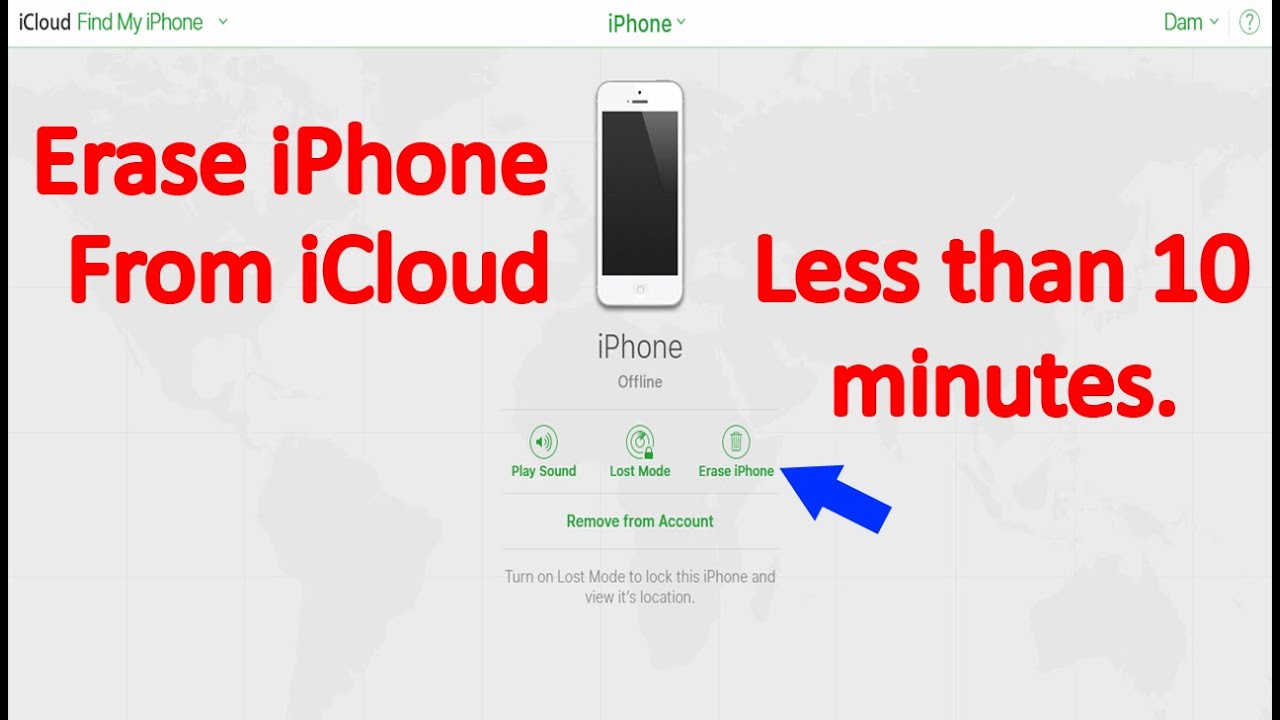
In the world of product development, determining which features to prioritize can often feel like navigating a maze. With limited resources, time, and budget, it’s essential to make strategic decisions that not only benefit your team but also provide maximum value to your users. This process of prioritizing features is a critical part of any product development strategy, as it helps guide your efforts toward the most impactful outcomes.
In this article, we will explore how to prioritize features using a strategic product lens, focusing on frameworks, key considerations, and best practices. By the end, you will be equipped with the tools and insights to make informed decisions that drive your product’s success.
The Importance of Prioritizing Features
Product development is a dynamic and fast-paced process that often requires trade-offs. Whether you are building a new product or improving an existing one, there are always more ideas and features than there are resources to implement them. Therefore, it’s crucial to prioritize features in a way that aligns with your business goals, user needs, and technical feasibility.
Without a clear strategy for prioritization, product teams can easily find themselves overwhelmed or directionless. The consequences of poor prioritization include:
By using a strategic approach to feature prioritization, you can ensure that your product is heading in the right direction, with a strong focus on delivering value to both the business and its users.
The Strategic Product Lens
A strategic product lens involves viewing feature prioritization through the context of your overarching business and product goals. It takes into account not just user feedback, but also market trends, competition, revenue potential, and resource constraints.
There are a few key principles to consider when prioritizing features with a strategic product lens:
Frameworks for Feature Prioritization
While the strategic product lens provides the guiding principles, there are several frameworks that can help you objectively assess and prioritize features. These frameworks allow you to score, rank, and make decisions more effectively.
1. The MoSCoW Method
The MoSCoW method is a simple and effective framework for prioritizing features. It categorizes features into four groups:
This method helps teams focus on delivering the most important functionality first while ensuring that less critical features are acknowledged but not prioritized.
2. The Kano Model
The Kano Model categorizes features based on how they affect user satisfaction. It divides features into five categories:
By using the Kano Model, you can ensure that you address both the basic expectations of users and the opportunities for delighting them with extra features that stand out.
3. RICE Scoring Model
The RICE (Reach, Impact, Confidence, Effort) framework is a data-driven approach for prioritizing features based on four factors:
Each feature is scored on these four factors, and the total score helps prioritize features based on their overall potential value to the product.
4. Value vs. Effort Matrix
The Value vs. Effort Matrix is a straightforward way to prioritize features based on the value they provide relative to the effort required to build them. The features are mapped on a 2x2 grid:
This method helps identify the "low-hanging fruit" and ensures that the team is working on features that deliver the highest return on investment.
Incorporating Stakeholder Feedback
Incorporating feedback from key stakeholders is essential to creating a well-rounded prioritization strategy. These stakeholders can include:
Balancing Short-Term vs. Long-Term Goals
When prioritizing features, it’s essential to strike a balance between short-term needs and long-term goals. In some cases, a feature that provides immediate value may be essential to drive user acquisition or customer satisfaction in the short term. However, investing in features that align with the long-term vision of the product and business is also critical for sustained growth.
For example, a startup may prioritize features that address immediate user pain points to attract early customers, while also keeping an eye on future product iterations that can scale or create new revenue streams.
Continuous Re-evaluation of Priorities
Feature prioritization is not a one-time task; it is a continuous process that should be revisited regularly. As market conditions, user feedback, and business goals evolve, your prioritization strategy should be flexible enough to adapt.
Regularly review the progress of your product development, and ensure that your priorities are still aligned with the company’s strategic objectives. Priorities may shift based on new user insights, competition, or changes in the market.
Conclusion
Prioritizing features using a strategic product lens is essential for making data-driven, user-centered decisions that drive your product toward success. By applying proven frameworks, gathering stakeholder input, and continuously re-evaluating priorities, product teams can make informed decisions that deliver the most value while aligning with business goals.
At the heart of this process lies a strong product development strategy, where the focus is not just on building the most features, but on building the right features. Keep in mind that prioritization is an ongoing effort, and the better you are at making strategic decisions today, the more successful your product will be in the future.


































